
Qingkai Feng: Plant Physiology First Author
Plant Physiology: Author Profiles
Qingkai Feng, first author of "Jasmonate Regulates the FAMA/Mediator complex subunit 8-THIOGLUCOSIDE GLUCOHYDROLASE 1 Cascade and Myrosinase Activity"
Current Position: PhD candidate in Dr. Xiaohui Li’s lab at College of Food and Pharmaceutical Sciences, Ningbo University
Education: B.S. in Ningbotech…
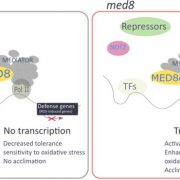
MED8 keeps H2O2-dependent gene expression under control
The Plant Cell: In a NutshellHe et al. demonstrate that Mediator complex subunits have functions beyond their known roles in transcription. Plant Cell https://doi.org/10.1093/plcell/koab079
By Huaming He, Patrick Willems, Frank Van Breusegem, and Amna Mhamdi
Background: Plants often face challenging environments to which they…
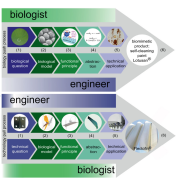
Review: Functional morphology of plants - a key to biomimetic applications (New Phytol.)
Plant Science Research WeeklyHumans have derived inspiration from innumerable corners of the natural world. Plants of diverse forms have inspired many “biomimetics,” or technical products derived from biological models. Speck and Speck review how plant-based biomimetics have developed over time and elaborate on their current…
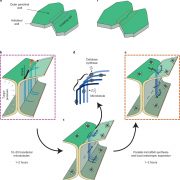
Real-time conversion of tissue-scale mechanical forces into an interdigitated growth pattern (Nature Plants)
Plant Science Research WeeklyIn many plants, epidermal pavement cells lock together through interdigitating lobes, much like the pieces of a jigsaw puzzle. These cells start out as regular squarish cells with straight walls, which then bow out and curve. Here, Belteton et al. investigate how lobes form in cotyledon pavement cells.…
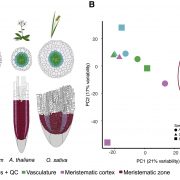
Innovation, conservation, and repurposing of gene function in root cell type development (Cell)
Plant Science Research WeeklyPlants demonstrate a gorgeous diversity in cell types to adapt to their unique environments. Certain cell types, such as the epidermal, cortex, and vascular cells within plant roots, or the classically-defined root developmental zones (meristematic, elongation, and maturation), are homologous in angiosperms.…
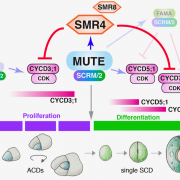
Deceleration of cell cycle underpins a switch from proliferative-to-terminal division in plant stomatal lineage (bioRxiv)
Plant Science Research WeeklyPrecise cell cycle control is essential for the differentiation of specialized cell types. Stomata, essential pores for gas exchange located in the epidermis, are generated via proliferative asymmetric cell division (ACD) of a transient stem cell called a meristemoid, which will give rise to a guard…
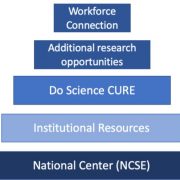
Building back more equitable STEM education: Teach science by engaging students in doing science (bioRxiv)
Plant Science Research WeeklyI firmly believe that the experience of doing science (observing, framing questions, designing and carrying out experiments, and interpreting findings) is the best way to cultivate future scientists, as well as a science-literate public (which we so clearly need). This preprint by Elgin et al. (it’s…
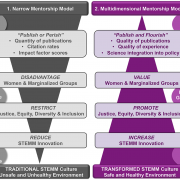
Promoting inclusive metrics of success and impact to dismantle a discriminatory reward system in science (PLOS Biol)
Plant Science Research WeeklyAs scientists, we often measure what we can measure as a proxy for what we want to measure. Critical to this strategy is a good understanding of how well the first represents the second. Currently, advancement in science largely rests upon factors that are easy to measure: number of publications and…

Plant Science Research Weekly: July 2, 2021
WWR Full PostReview: Functional morphology of plants - a key to biomimetic applications
Humans have derived inspiration from innumerable corners of the natural world. Plants of diverse forms have inspired many “biomimetics,” or technical products derived from biological models. Speck and Speck review how plant-based…

